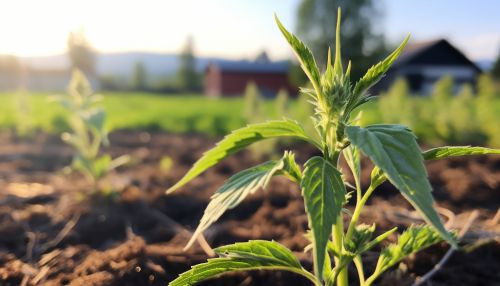Vernalization
Introduction
Vernalization is a process of inducing a plant's flowering process by exposing it to the prolonged cold of winter, or artificial equivalent, which results in the acceleration of the flowering process once the plant perceives that winter is over. This is a crucial process in the life cycle of many plants, particularly those in temperate regions where winters can be harsh. The term "vernalization" comes from the Latin word "vernus," meaning "of the spring."
History of Vernalization
The concept of vernalization was first introduced by the Russian scientist Ivan Vladimirovich Michurin, who noticed that certain seeds would only germinate after a cold winter. This observation was later expanded upon by Trofim Denisovich Lysenko, who developed a theory of vernalization and used it as a basis for agricultural practices in the Soviet Union.


Biological Mechanism of Vernalization
The biological mechanism of vernalization involves changes at the genetic level within the plant. The cold of winter triggers a response in the plant's epigenetic machinery, which results in the modification of certain genes related to flowering. These modifications typically involve the addition of methyl groups to the DNA, a process known as DNA methylation. This methylation suppresses the activity of genes that inhibit flowering, thus promoting the flowering process.
Role of Vernalization in Agriculture
In agriculture, vernalization has significant implications. Many important crops, such as wheat and barley, require vernalization to produce at their maximum potential. Farmers can take advantage of this process by sowing seeds in the fall, allowing them to undergo natural vernalization over the winter. Alternatively, seeds can be artificially vernalized by storing them at low temperatures for a period of time before planting.
Vernalization and Climate Change
Climate change has the potential to significantly impact the process of vernalization. Warmer winters may not provide sufficient cold to trigger vernalization in some plants, potentially impacting agricultural yields. On the other hand, some plants may be able to expand their range into areas that were previously too cold for them.
